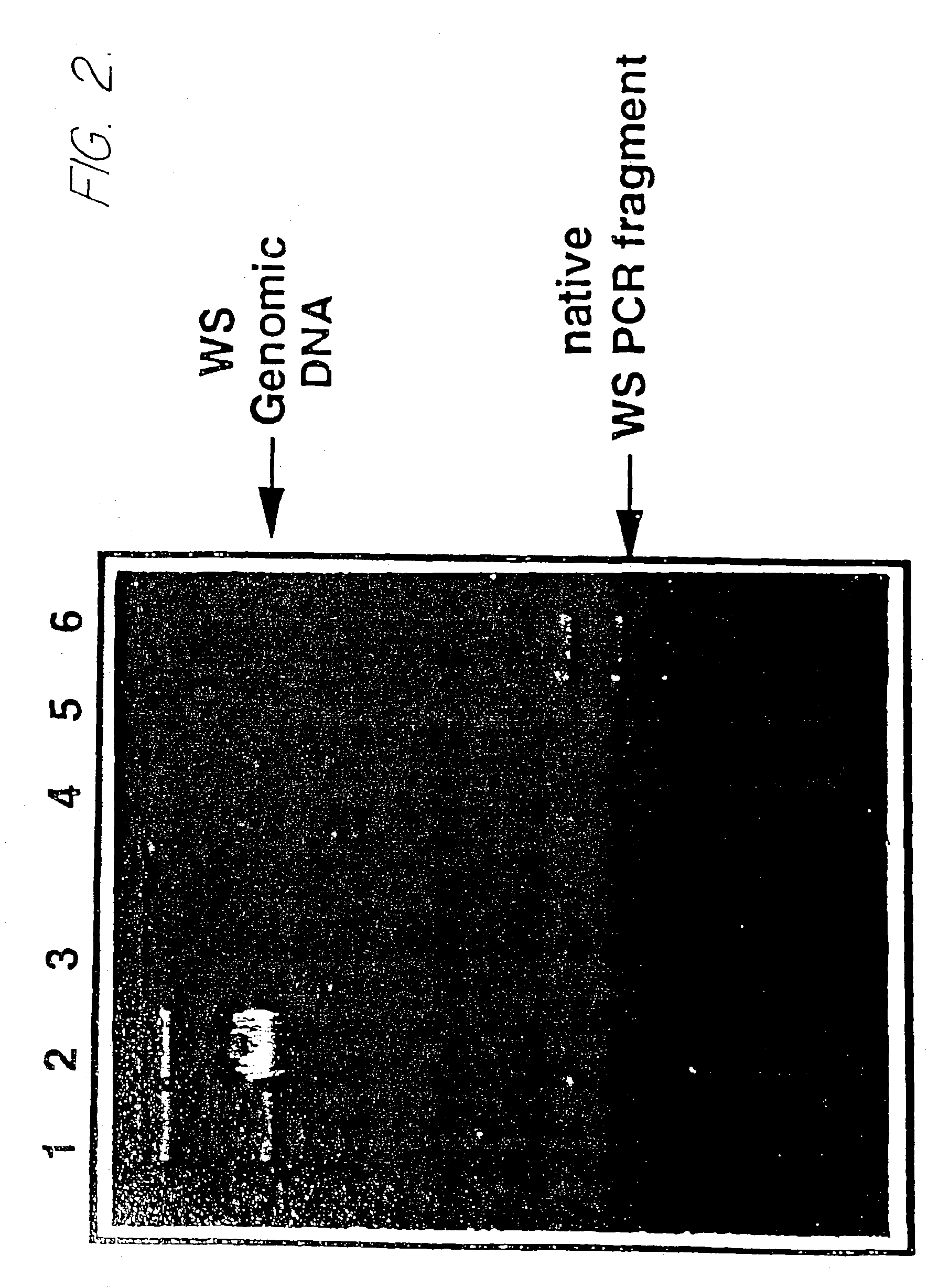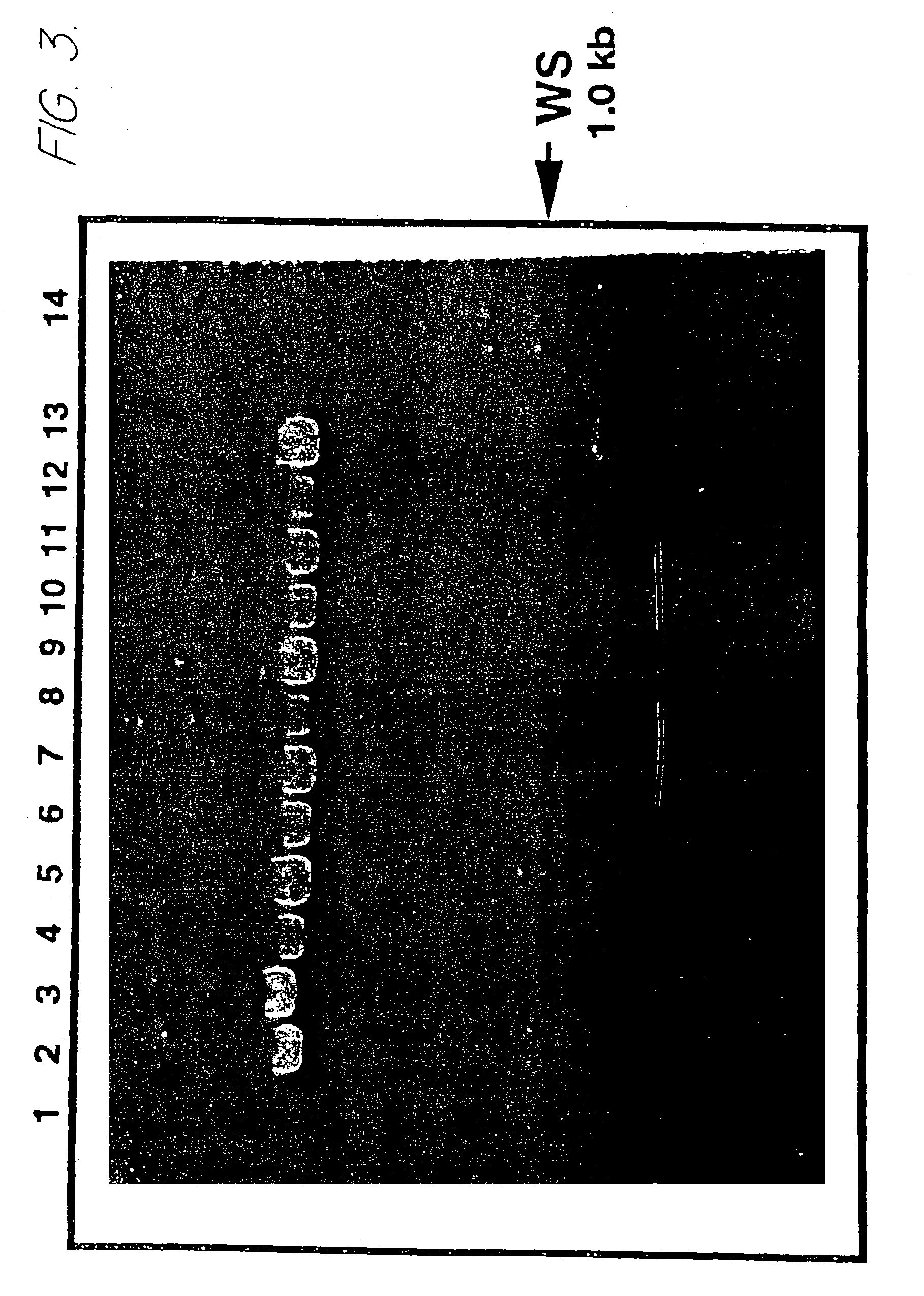Utilization of wolinella succinogenes asparaginase to treat diseases associated with asparagine dependence
- Summary
- Abstract
- Description
- Claims
- Application Information
AI Technical Summary
Benefits of technology
Problems solved by technology
Method used
Image
Examples
example 1
In Vitro Culture of W. succinogenes
[0081]W. succinogenes was grown in 10-15 liters of liquid culture media containing 0.4% yeast extract, 100 mM ammonium formate, and 120 mM sodium fumerate. The medium was adjusted to pH 7.2 prior to autoclaving. After autoclaving, a 0.2 μm filter-sterilized solution of thioglycolate was added to the room temperature culture medium to give a final concentration of 0.05%. The cultures were incubated with continuous agitation on a shaking platform in a 37° C. warm-room. For large scale culture, a 500 ml pre-culture was utilized to inoculate 10-15 liters of complete culture medium.
[0082]The bacteria were collected after the cultures had reached a optical density of approximately 1.1 at a 650 nm wavelength, by centrifugation using a Sorvall high-speed continuous flow rotor. Following centrifugation, the cells were washed in a buffer containing 0.15 M sodium chloride, 0.1 M magnesium chloride, and 0.01 M mercaptoethanol. The cells were then resuspended ...
example 2
Animals and Cell Lines
[0083]The murine model animals utilized in these experiments were Balb / c or C3H mice of 9 to 12 weeks in age (Jackson Laboratories, Bar Harbor, Me.).
[0084]The therapeutic activity of L-asparaginases was determined utilizing the 6C3HED Gardner's lymphosarcoma (Gardner, W. U., Cancer Res., vol. 4: 73 (1944)) and P1798 lymphosarcoma cell lines (ATCC) which as ascites tumors in C3H and Balb / cc mice, respectively. Alternately, the two lymphosarcoma cell lines were cultured in RPMI 1640 medium supplemented with 10% fetal calf serum. The 6C3HED Gardner's lymphosarcoma originated in the thymus of C3H mice which were initially given high doses of estradiol. The lymphosarcoma was subsequently perpetuated by serial transplantation in the C3H mice.
example 3
Isolation of W. succinogenes Genomic DNA
[0085]Genomic DNA from W. succinogenes was extracted from bacteria grown in basal medium. Typically, bacterial cells from a 50 ml of culture were collected by centrifugation and resuspended by gentle vortexing in 1.5 ml TE buffer (pH 7.0). To the cell suspension was added 15 μl of 10% SDS to give a final concentration of 0.1% and 3 μl of a 20 mg / ml stock solution of proteinase K. The mixture was then incubated at 37° C. for approximately 60 minutes, followed by several phenol / chloroform extractions. The genomic DNA was ethanol precipitated and collected by centrifugation. The W. succinogenes genomic DNA so isolated was sufficiently pure to use in high stringency PCR amplification.
PUM
| Property | Measurement | Unit |
|---|---|---|
| Fraction | aaaaa | aaaaa |
| Fraction | aaaaa | aaaaa |
| Fraction | aaaaa | aaaaa |
Abstract
Description
Claims
Application Information
 Login to View More
Login to View More - R&D
- Intellectual Property
- Life Sciences
- Materials
- Tech Scout
- Unparalleled Data Quality
- Higher Quality Content
- 60% Fewer Hallucinations
Browse by: Latest US Patents, China's latest patents, Technical Efficacy Thesaurus, Application Domain, Technology Topic, Popular Technical Reports.
© 2025 PatSnap. All rights reserved.Legal|Privacy policy|Modern Slavery Act Transparency Statement|Sitemap|About US| Contact US: help@patsnap.com



